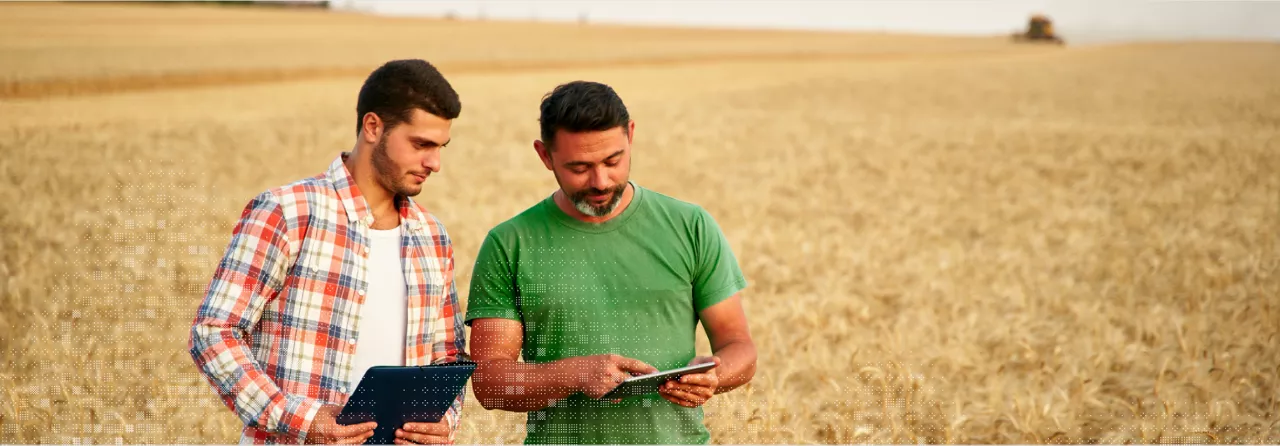
Sharing FieldView harvest data helps farmers and agronomists work together
A big advantage of collecting harvest data with FieldView is the seamless sharing of data between farmers and agronomic partners. With sharing options, you can both see information in real time as it is collected, and access it anywhere.




